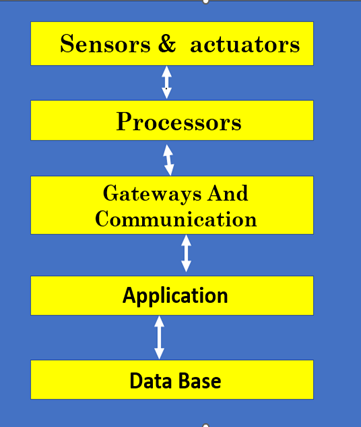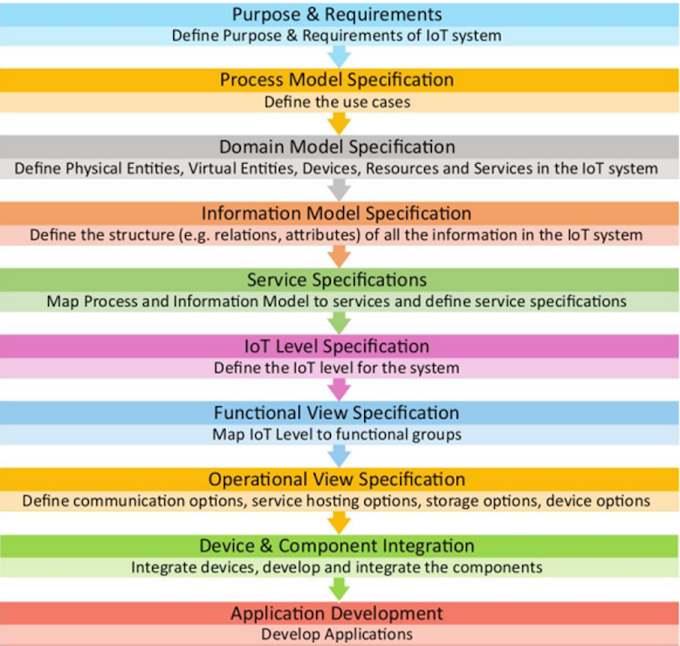Comparison between Cloud Computing Architecture and Traditional Computing Architecture (Client/Server Model)
Key Differences:
- Structure: Cloud is virtualized/distributed;
traditional is physical/localized.
- Scalability: Cloud scales dynamically;
traditional scaling is slow and costly.
- Cost: Cloud uses OPEX (pay-per-use);
traditional relies on CAPEX (upfront investment).
- Management: Cloud is provider-managed;
traditional is self-managed.
- Accessibility: Cloud enables global access;
traditional is often local/VPN-restricted.
- Reliability: Cloud offers high availability;
traditional depends on an on-premises setup.
- Security: Cloud has shared responsibility;
traditional offers full control but higher risks if underfunded.
- Use Cases: Cloud suits scalable, global
needs; traditional fits controlled, stable environments.
|
Aspect |
Cloud
Computing Architecture |
Traditional
Computing Architecture (Client/Server) |
|
Definition |
Delivers
computing services (servers, storage, databases, networking, software) over
the internet |
Uses local
servers and client machines for computing and data storage |
|
Deployment |
Internet-based services hosted on remote data centres (public/private/hybrid clouds) |
On-premise
setup with dedicated physical servers |
|
Resource
Scalability |
Highly scalable, resources can be scaled up/down on demand |
Limited
scalability, requires manual upgrade of hardware |
|
Cost Model |
Pay-as-you-go
(OPEX model), reduced upfront costs |
High initial
capital expenditure (CAPEX model) |
|
Accessibility |
Accessible
from anywhere via the internet |
Limited to
local network or VPN connections |
|
Maintenance |
Managed by
cloud service providers (automatic updates, security, etc.) |
Requires an in-house IT team for updates and maintenance |
|
Data
Storage |
Virtualized
and distributed across multiple data centres |
Stored
locally on servers or storage devices |
|
Reliability
& Availability |
High
availability with redundancy and backup across multiple locations |
Lower
availability; subject to hardware failures and localized issues |
|
Security |
Security
handled by a provider with compliance to standards, but shared responsibility |
Fully
controlled by the organization, may vary in quality |
|
Performance |
Optimized via
distributed computing and load balancing |
Performance
depends on local server capacity and network |
|
Technology
Stack |
Includes
virtualization, containers, orchestration, and serverless computing |
Primarily
based on physical servers and static software environments |
|
Examples |
AWS,
Microsoft Azure, Google Cloud Platform |
Traditional
enterprise data centers, LAN-based client-server setups |
Summary:
- Cloud Computing offers flexibility,
scalability, and global accessibility, making it suitable for modern
applications and dynamic workloads.
- Traditional Client/Server Architecture
provides more control and security for fixed environments but lacks
the scalability and cost-efficiency of cloud systems.



0 Comments